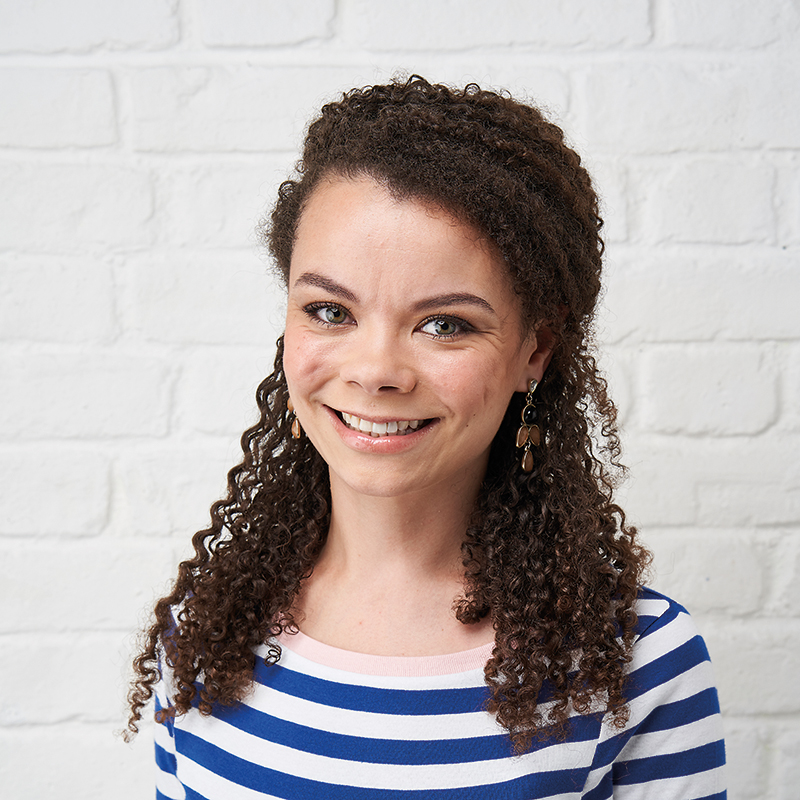Investing in sewing room equipment can feel like a big decision. In this workshop we talk you through how to get the most out of a dress making mannequin.
Dress making mannequins are technically called dress forms (they're sometimes referred to as tailor's dummies too), so we'll be using both terms throughout this guide. In this workshop, Simply Sewing’s Senior Technical Editor, Roisin, will help you get to grips with your dress form for easy fitting! If you've been watching the Great British Sewing Bee, you'll know how useful a dress form can be in terms of getting your patterns to fit well.
Many sewists dream of having a dress form, to add to their sewing room. They’re an essential tool for any garment work, from elaborate design to occasional alterations. At Simply Sewing HQ, I use a dress form to check the fit of our samples for our cover projects. A dress form with an adjustable dial allows me to check the fit and hang of a selection of sizes to make sure our patterns are true to size and drape nicely before they go to print. They’re also a handy tool for alterations, pattern hacks, hemming, and even creating your own made-to-measure designs.
How to pad out your dress form
You can pad your dress form with a lightweight quilt wadding. Shoulder pads are also useful for padding curved areas such as the hips, bust and shoulders; they are inexpensive, and you can cut into them any way you like. If you are pinning wadding in place, the angle of the pins is important. Pin with the sharp point facing down along the top edges, inwards at any side edges, and upward along lower edges – this will prevent the wadding from being pulled out.
Fitting garments to your dress making mannequin
Remember to leave ease in your garments when fitting them to your dress form. Your mannequin is static, whereas bodies need to be able to breathe, eat and move! Try on the garment frequently to get an idea of fit on a real body and assess if you need to add extra ease in areas such as the hips, arms or bust. It’s rare for our measurements to fall exactly in line with those of the dress form.
Make a toile to test the garment fit. This is always important, not only for fit , but also to work out how you plan to sew the various seams before cutting into your final choice of fabric. Check for any adjustments needed too. You may need to make an adjustment such as broad/ narrow back, sloped shoulder or full stomach. You can add a light layer of padding to areas that differ on your mannequin to make them a similar shape to your body.
Adjusting the dress form
Adjustable dress making mannequins have dials which can be turned according to your measurements. Check your measurements against those of the dress making mannequins you’re planning to purchase before making your final decision.
If you’re between sizes, it’s best to go for the smaller size mannequin and pad certain sections if necessary. Most mannequins will also have a height adjustment option, meaning you can set the model to your height to get an idea of length, and also adjust it so it's a comfortable height for you while working.
General care
As you work, try to keep the pins out of the dress form body so as not to damage the material. Pins with small metal heads can also work their way inside the fabric and then go rusty. Try to store them in the special pin holder to avoid this.
If your dress form doesn’t have a built-in pin keeper, store any pins in the neck. If you get any marks on your dress form, spot clean them with a gentle handwashing detergent. One of the most common stains on a dress form is blood! Pricking yourself with a pin is very easy to do, and the dress form fabric will quickly absorb some of the blood. To get blood out of the fabric, use cold water and a little salt, gently dab at the area. Allow the water to dry thoroughly to avoid staining.
Mannequins can also end up with water marks if they are left in a damp room or a garage/shed, so think about where you can store your mannequin.
What are mannequins made of?
Most modern mannequins are made using plastic, fiberglass or metal.
How much are mannequins?
The most basic mannequins start at around £30, but these are not usually adjustable. The most expensive dress forms can cost as much as £300, but these are well-made and will last for many years.
New to sewing? We have some great sewing guides for beginners to help you get started. Take a look at our sewing for beginners and how to use a sewing machine guides to master the basics.
Read on to discover the best mannequins for sale in the UK…
7 best dress making mannequins
1. Female dress making mannequin size 8-10
This basic mannequin in size 8-10 is a good choice for amateur sewers who want to take their first steps into dressmaking. While the sizing isn’t adjustable on this particular model, you can adjust the height up to 168cm. It’s easy to fit your fabric around this simple dress form and it’s pinnable. It’s lightweight and simple to assemble as well. This is an ideal, no-frills mannequin to buy if you want to make your first garments, but it’s unlikely to suit all of your needs in the long run if you want to really get into dressmaking as a hobby.
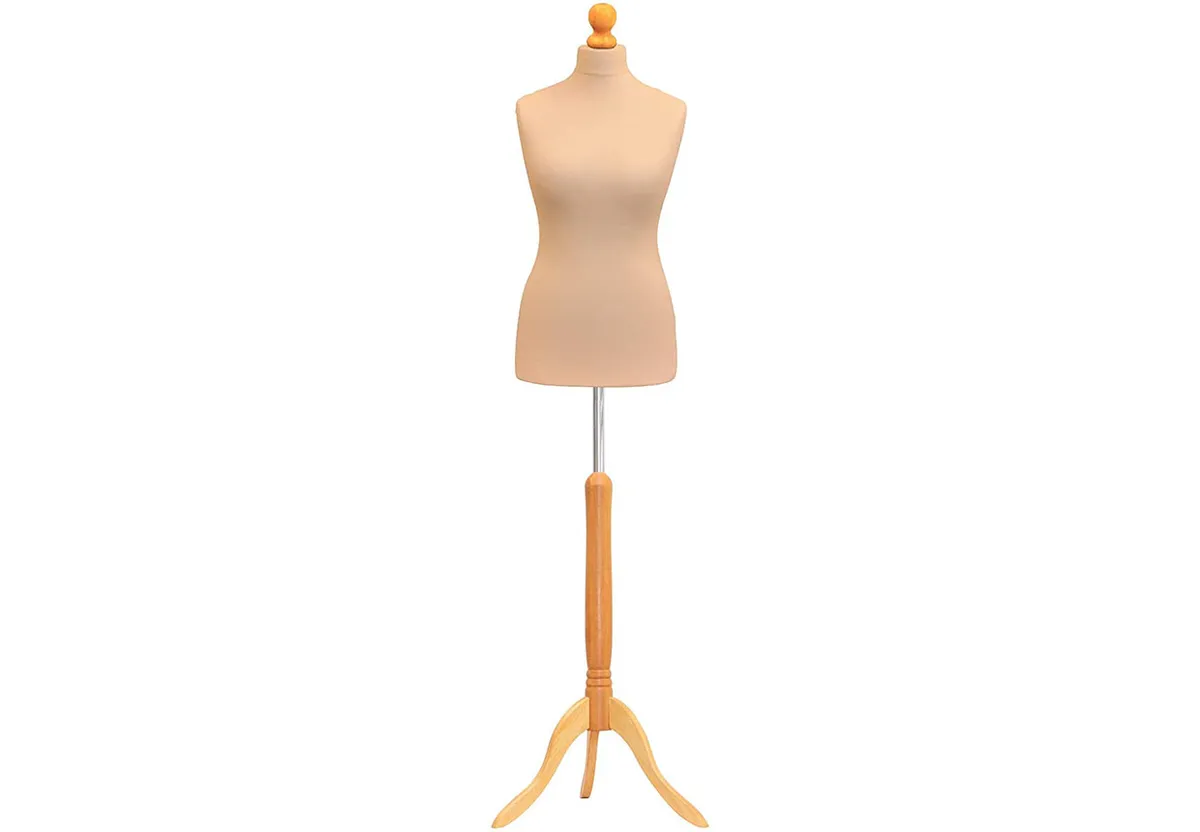
2. Adjustoform Sew Simple dressform
Looking for an upgrade? This versatile dress form by Adjustoform is perfect for all of your tailoring needs. There are two different sizes available: the smaller mannequin is suitable for UK sizes 10-18, while the medium mannequin ranges from UK sizes 16-22.
The body of the dress form comes in eight parts and the thumbwheels allow you to adjust the size with ease. The body is covered in red nylon, so you can pin your patterns and fabrics to it. The sturdy stand includes a pin grip hem marker, which can be used to mark the hem when you’re making dresses or skirts. Overall, this is a great dress making mannequin for the price.
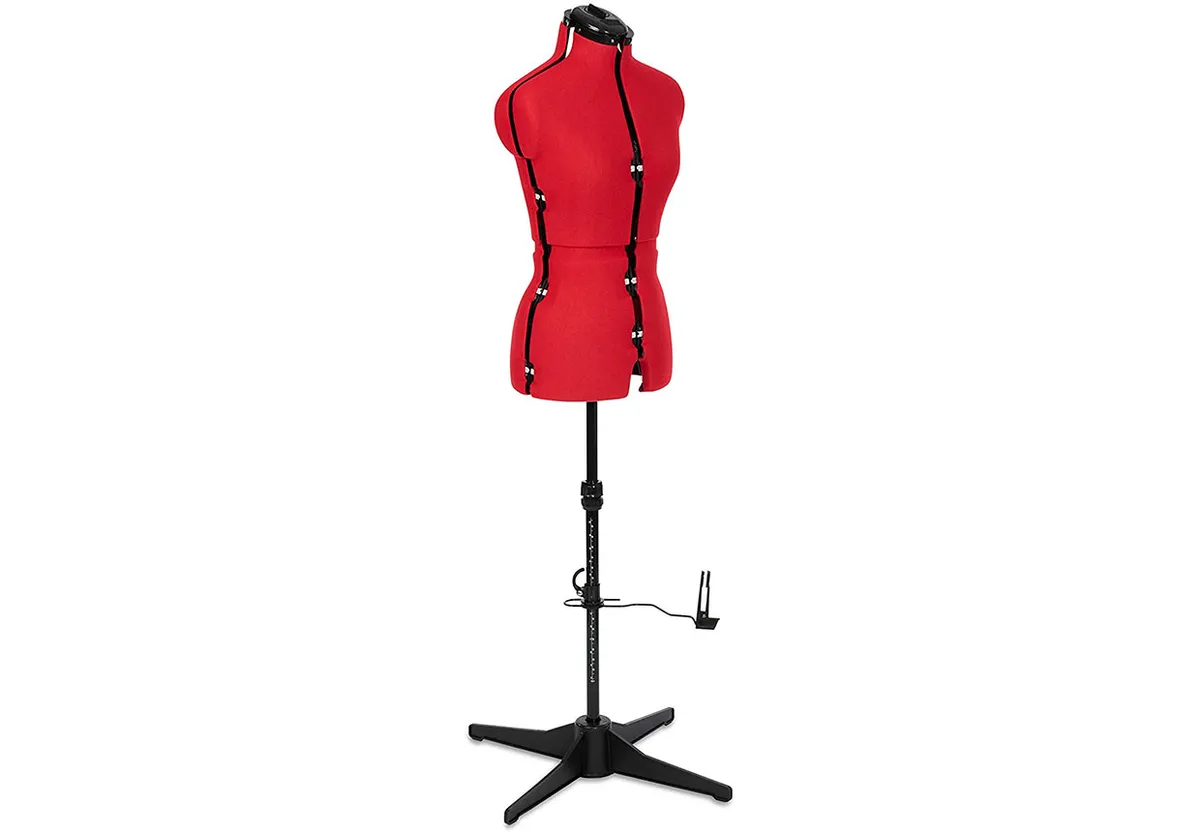
3. Dritz adjustable dress form
This brilliant Dritz dress form is extremely versatile and would be a great addition to your sewing room or crafting space. The dress form includes 9 rolling wheels at the bust, waist and hips. This feature makes it much easier to get a good fit. There is a split at the waist and hip area, which allows you to lengthen the back by two inches. You can also adjust the height to ensure that all your skirts and dresses are the correct length.
This is one of the more expense dress forms on the market, but it’s sturdy and simple to use. There are two sizes available: small and medium. However, several reviewers have commented that it doesn’t work well for hourglass or very petite body shapes, so bear that in mind before you buy this dress form.
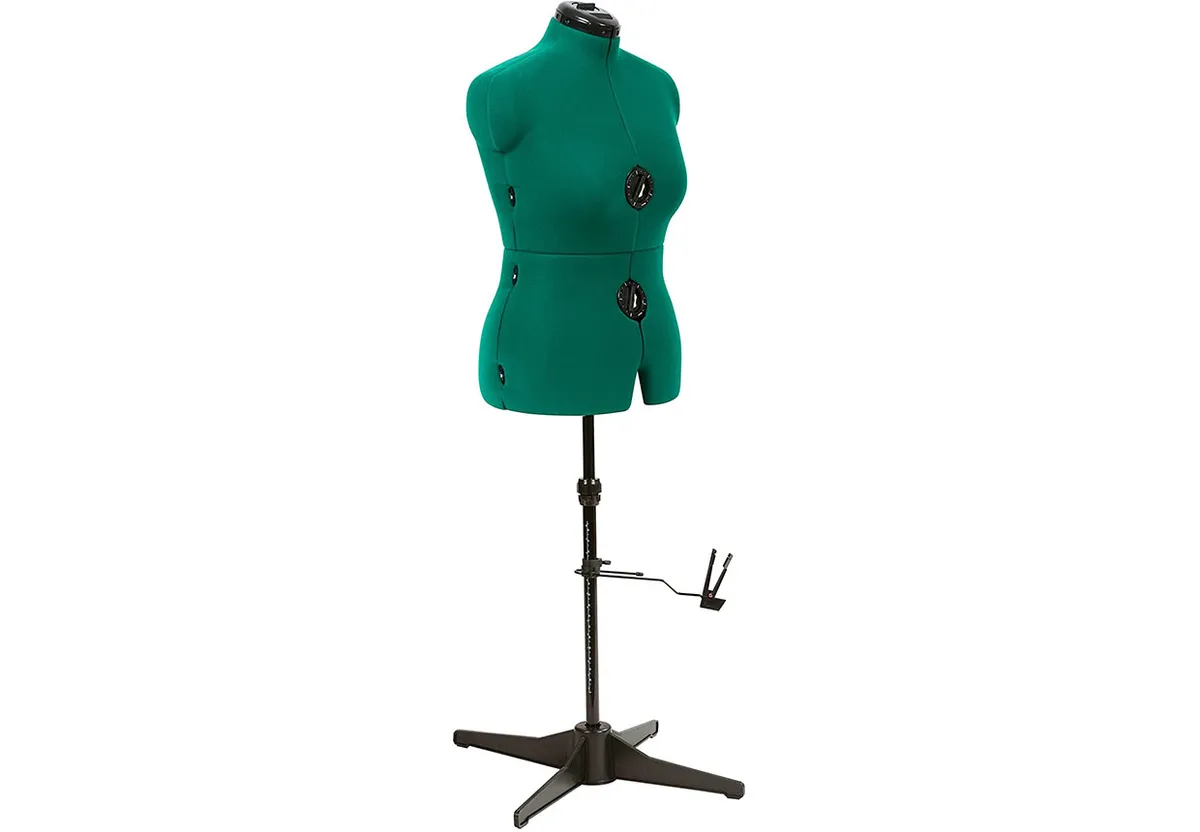
4. So Crafty dressmakers dummy
Did you know that Aldi also sells craft supplies? This dressmakers dummy is a good choice for beginners who want to make clothes for people with a smaller build. It can be adapted to fit UK sizes 6-14. It is an 8-part model with two dials that have been auto-set and ten points that can be adjusted. The height of this mannequin can also be adjust to suit your pattern. This is an excellent introductory mannequin for new stitchers.
Buy the So Crafty dressmakers dummy from Aldi for £89.99
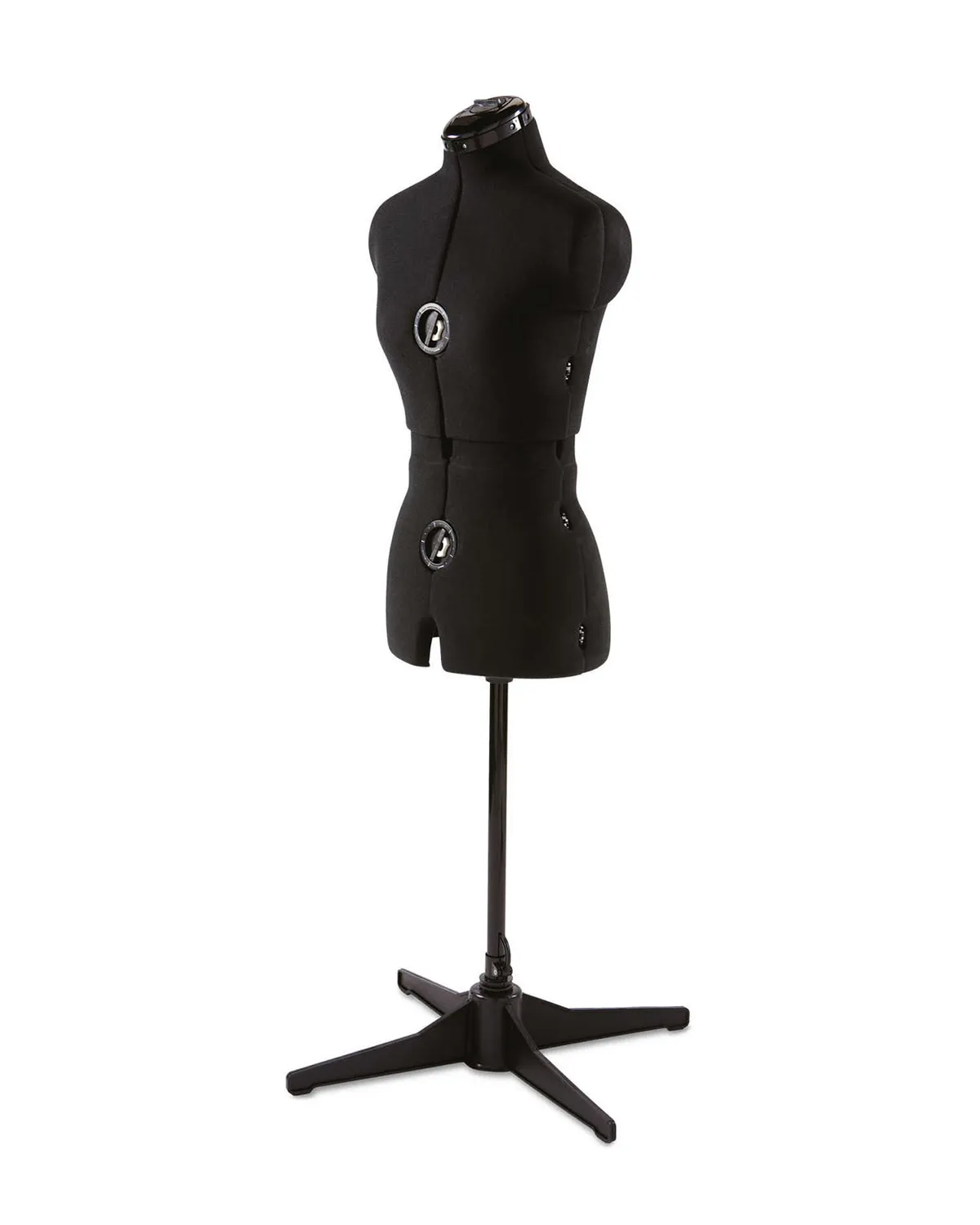
5. Sewing Online tailor's dummy
If you're regularly making clothes for friends and family, you may want to invest in a male mannequin. The range of male mannequins on the market is more limited than those available for women's clothes, but there are some good ones out there if you look around. This eight-part gentleman's valet mannequin can be adjusted around the waist and lengthened to alter the height of your garment. It features a smart black wooden stand and matching neck cap too. Check the measurements before you buy to make sure it's the right mannequin for you.
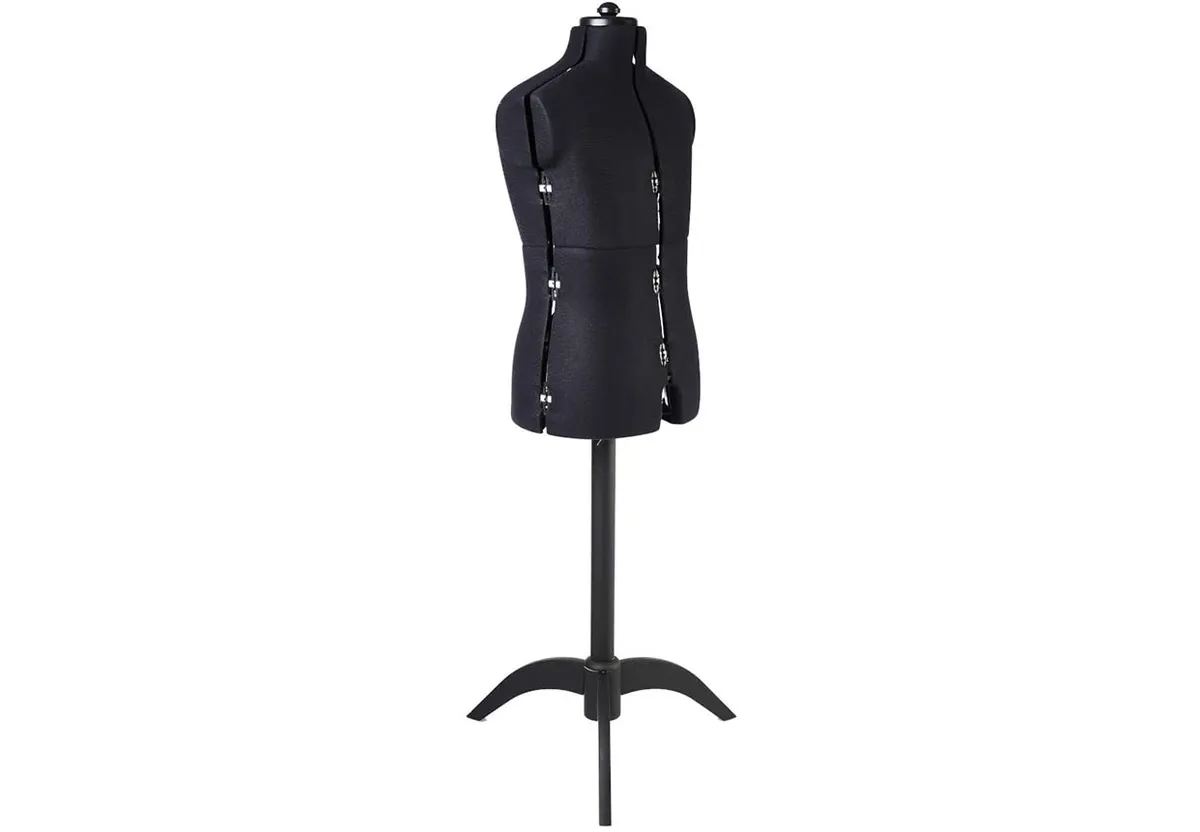
6. Adjustoform Supafit Junior dress making mannequin
When you make clothes for children, it can be useful to have a junior dress form to ensure that you get a good fit. The proportions of children's bodies are different to adults, so you'll need a special mannequin for your dressmaking. This fantastic dress form by Adjustoform can be altered to match your child's body shape, although you may need to factor in a bit of growing room! Like the other Adjustoform mannequins in this guide, the Supafit Junior is made up of eight parts and has 12 wheels to alter its shape. The neck and waist length can also be altered on this model and it folds away for easy storage.
Buy the Adjustoform Supafit Junior dress making mannequin from John Lewis for £139.99
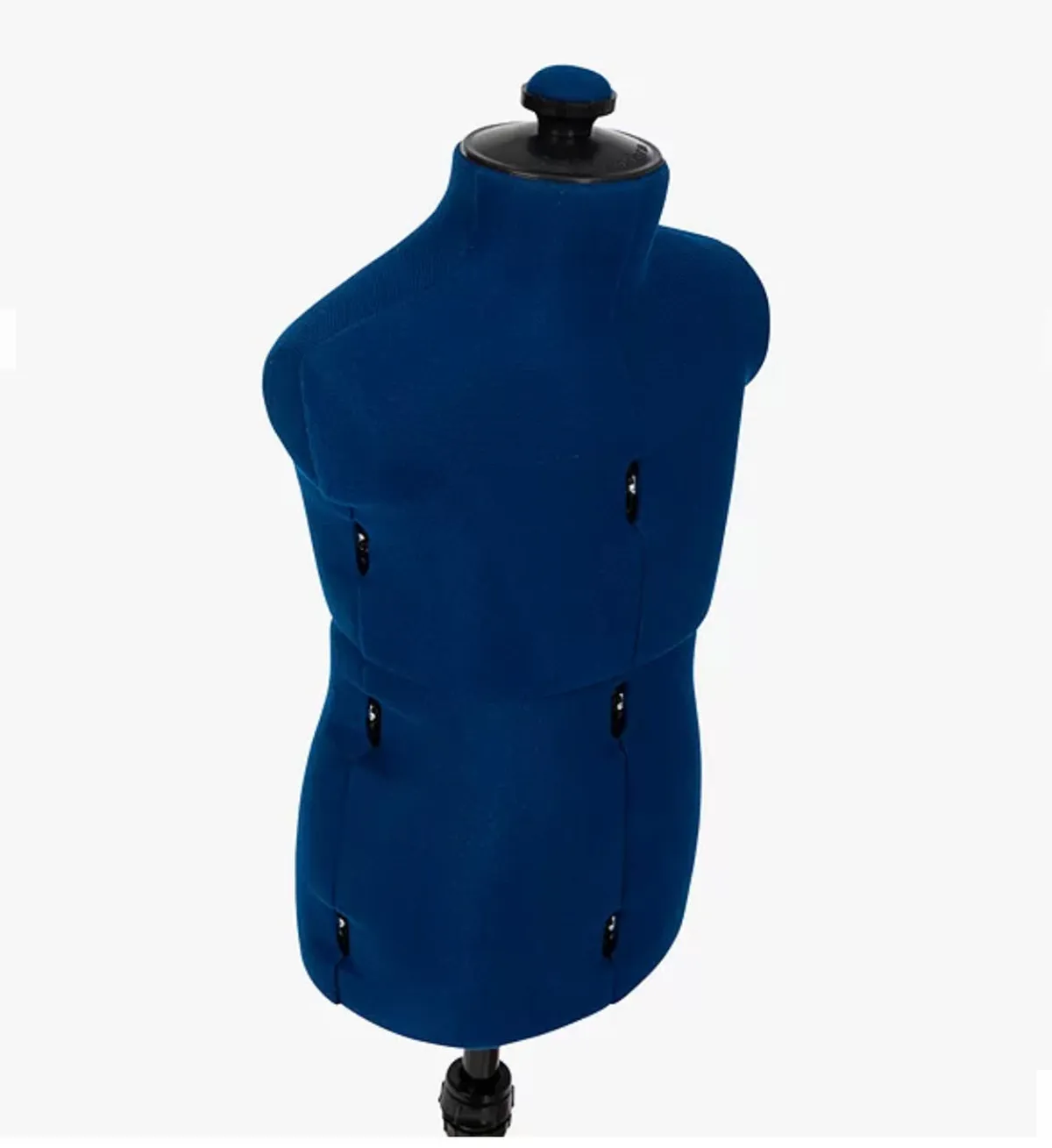
7. Siegle Rebrilliant adjustable dress form
Looking for a larger dress form? This Siegle Rebrilliant adjustable dress form is suitable for people with a 112-127cm bust, 90-109cm waist and 117-132cm hips. The rotary wheels can be used to adjust the shape of the mannequin and you can also alter the height. This model also includes a pin hem marker to help you to cut your skirts and dresses to the right length.
Buy the Siegle Rebrilliant adjustable dress form from Wayfair for £295.99
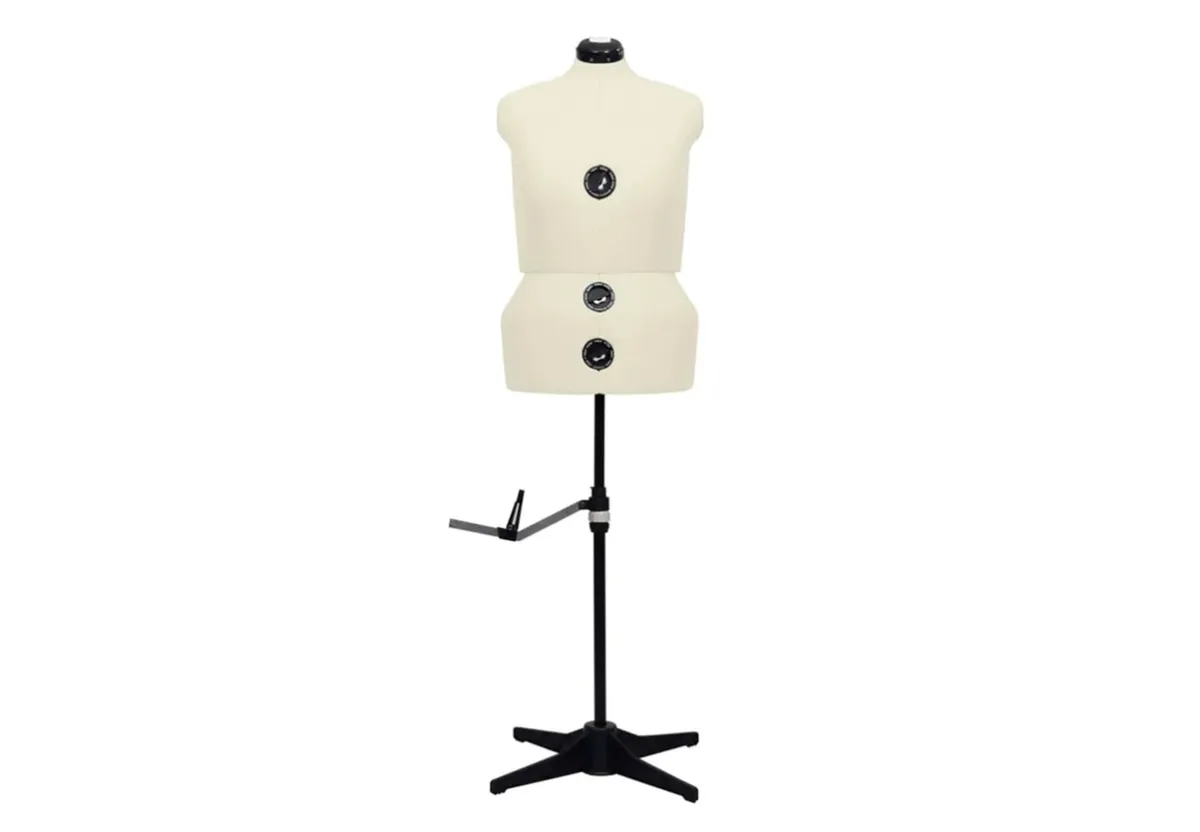
We hope you enjoyed this guide! Looking for more sewing supplies? Check out our guide to the best sewing machines for beginners, best overlockers and the best sewing machines for beginners. To create the perfect workstation, you'll need a smart daylight craft lamp too.

